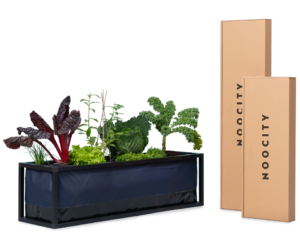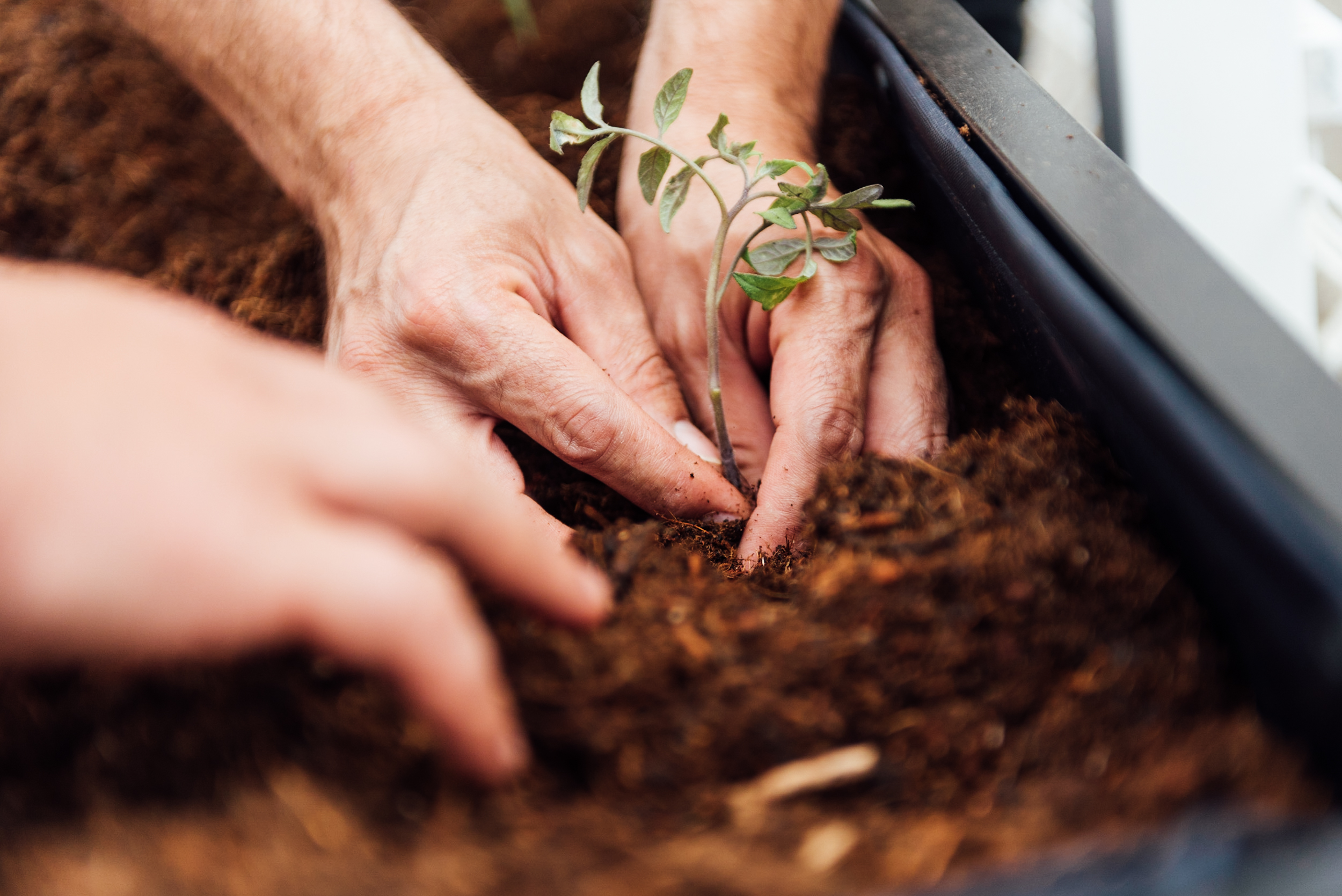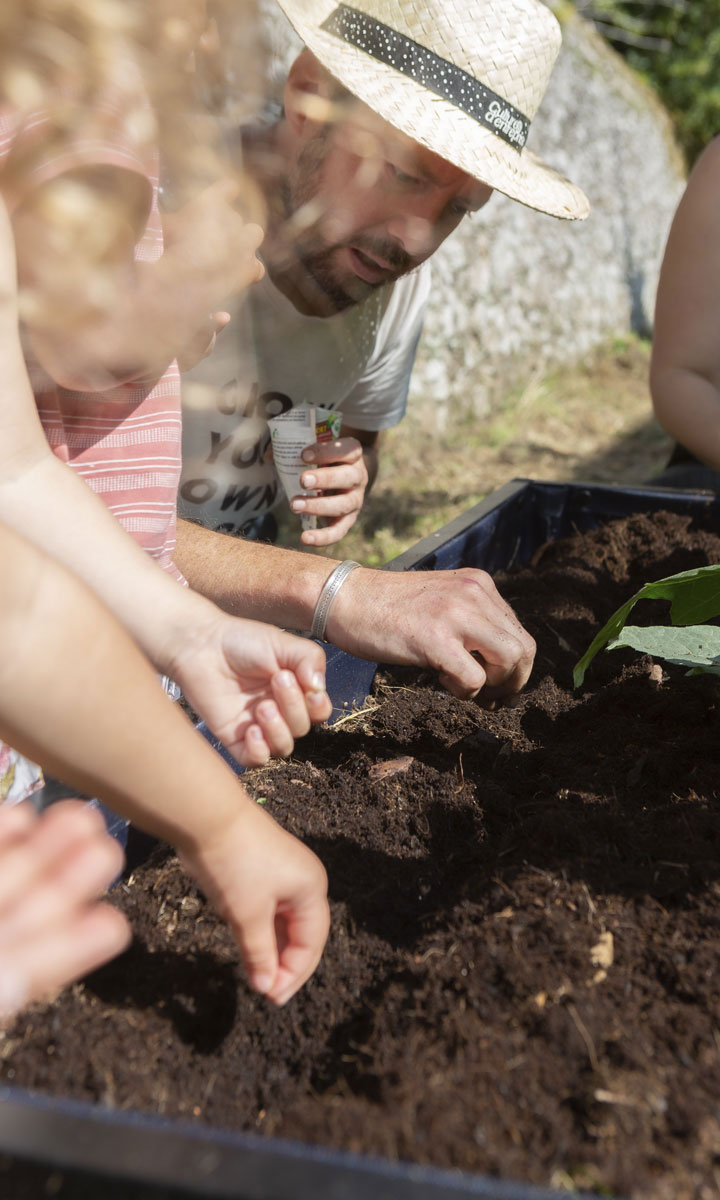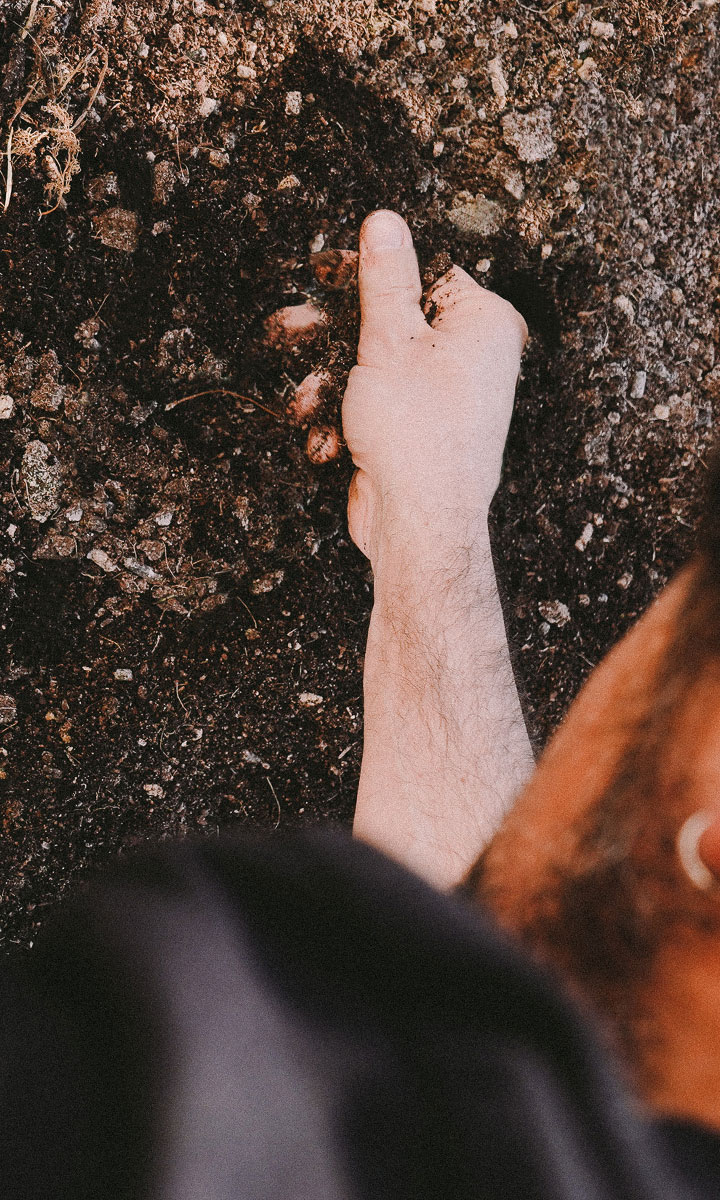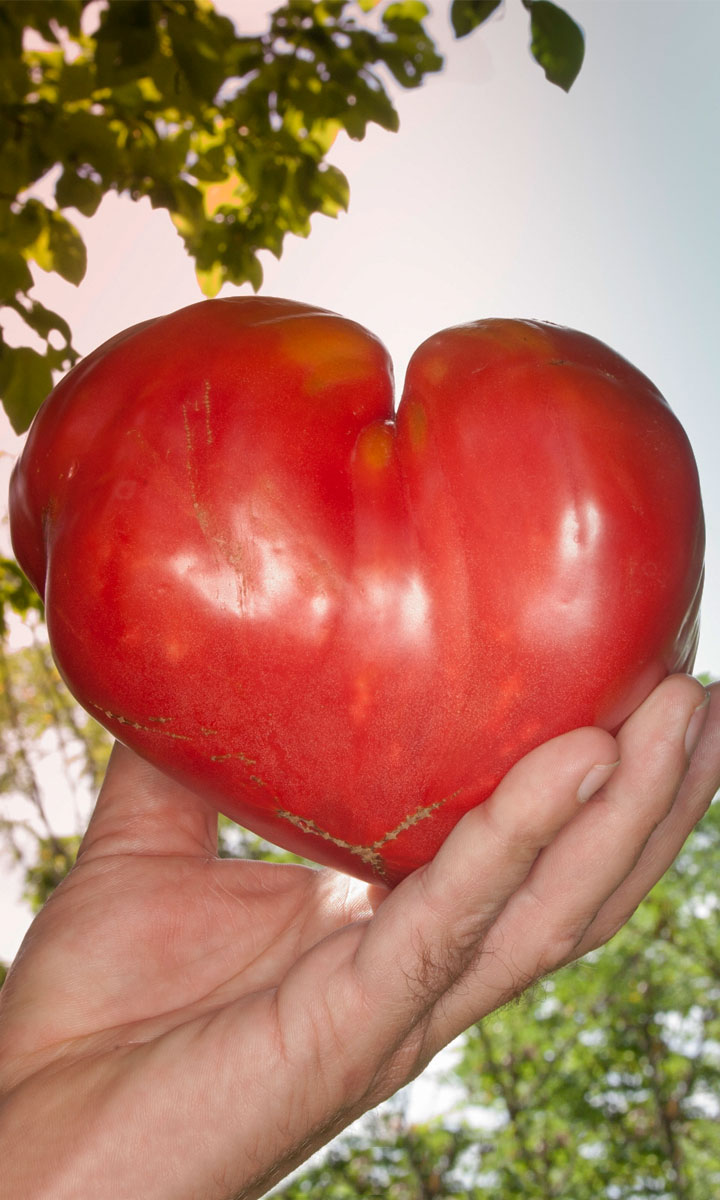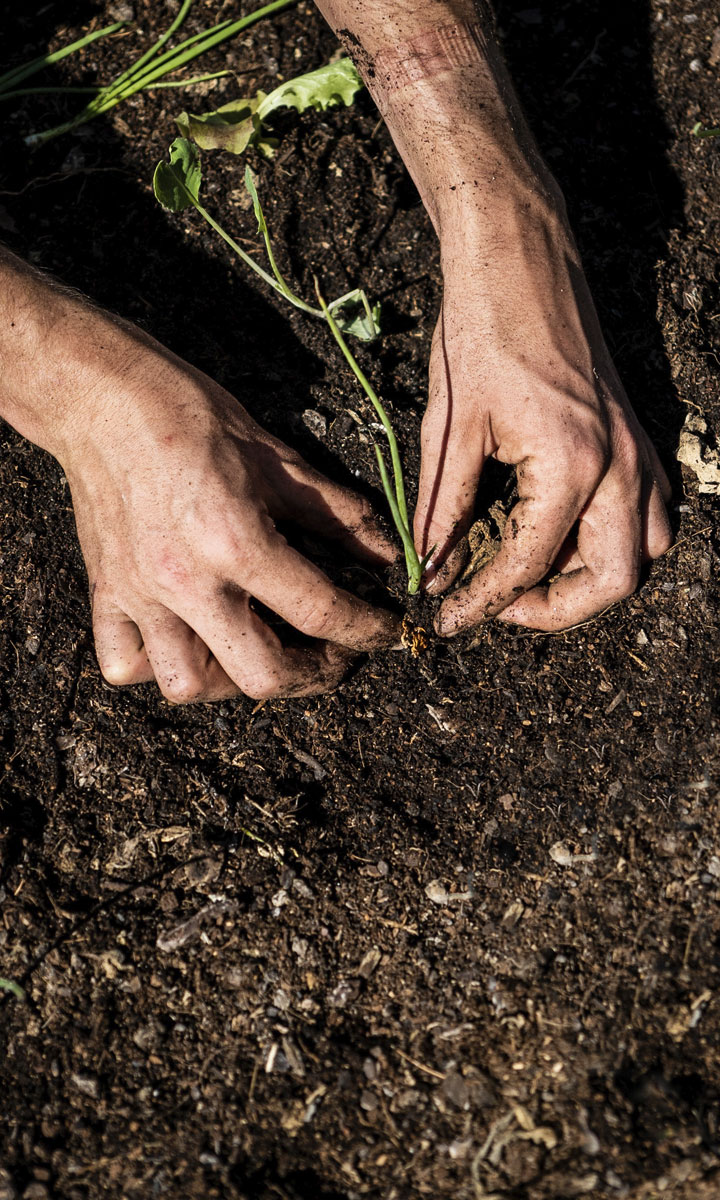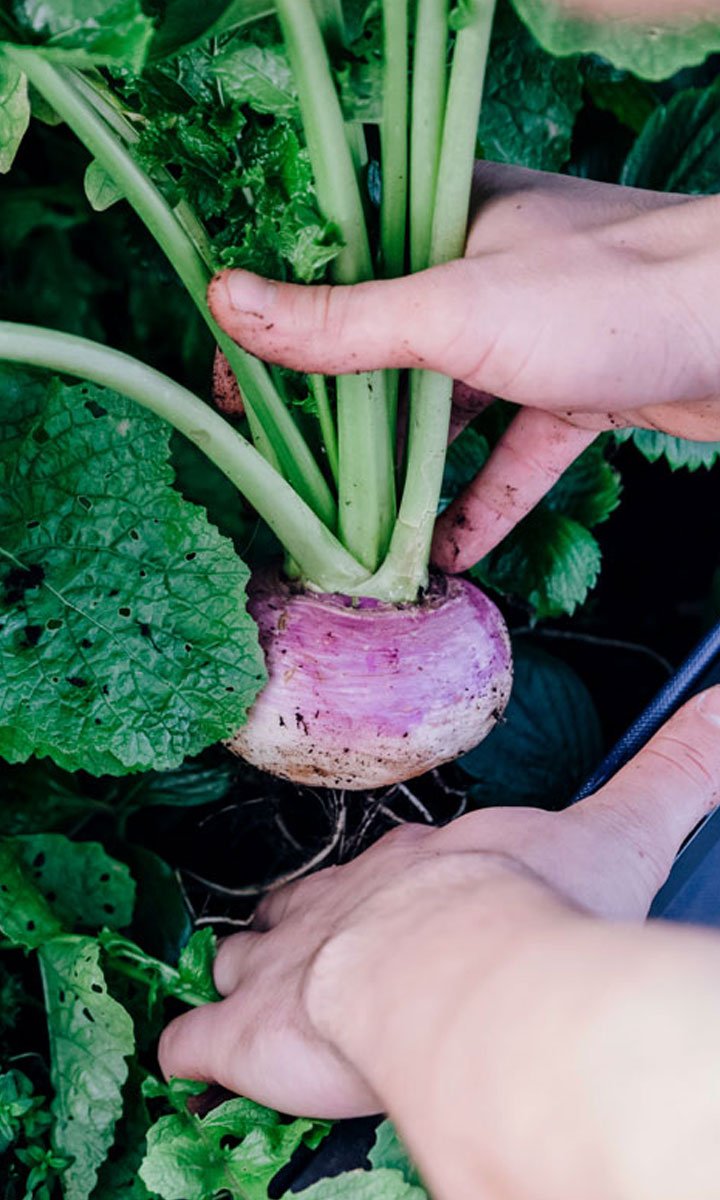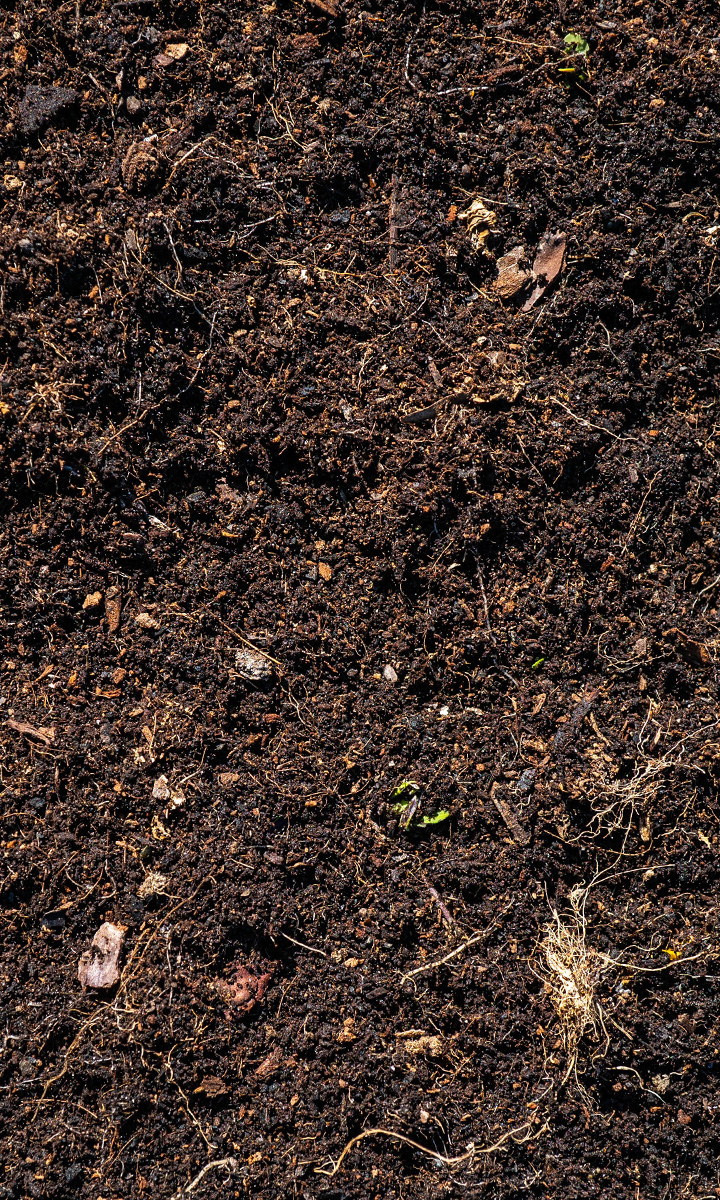Menu
Mulching: what it is and how to apply it.

Henrique Dias
Webmaster
In the wild, soil is rarely bare or exposed, because plants usually grow to protect it. That’s why, after plowing the earth, weeds appear very quickly. These resistant, tough and particularly greedy plants can weaken your crops by robbing them of resources such as nutrients and light. But fear not — you can declare a “war on weeds” and prevent them from cropping up. That’s one of the reasons why mulch is so important in the garden. But first, let’s start by clarifying what mulch is: a layer of organic matter — generally dead leaves, straw, wood chips, or ripped-up cardboard — spread over the soil to protect it from external harm and promote the proper growth of crops.
This cover acts as a sort of shield, to keep light from passing through and weeds from sprouting in the free spaces in your garden.
And there are some other benefits to protecting your garden’s soil. In the summer, mulch acts as a sunscreen, preventing evaporation and keeping your soil from drying out. In the winter, meanwhile, mulch acts as an umbrella, protecting the earth from frost and heavy rainfall. Plus, mulch also shields the little critters living in the soil that work to enrich it.
How to apply mulch.
For mulches made from organic matter, it’s quite simple: choose a material and spread it on any exposed soil. There are, however, a few things to keep in mind. Just as mulch prevents the growth of weeds, it can also affect the growth of your sprouts. That’s why you should only place your mulch after your plants are properly settled and have reached 3-5 cm in height. Another option is to sow your crops separately, using seedlings, and plant them in the garden afterwards.
Other ways to defend your garden.
Note that there are also other types of mulching. For large cultivated areas, many use plastic tarps or non-degradable geotextile fabrics, which are both synthetic, industrial materials. For orchards and groves, a good mulch can also be living organic matter such as clovers, little plants in the legume family which coexist naturally with trees. Not only do clovers act as a green fertilizer, but they don’t steal resources from the fruit trees — since the trees are so much bigger than them — and they help fix atmospheric nitrogen in the soil.
As you can see, mulch is as easy to find as it is to apply. No matter the size of your garden, a little protection goes a long way — and your plants will be safe, rain or shine.
Materials to use when mulching.
- Pine bark: generally best suited for use as a ground cover for permanent crops, such as fruit trees or aromatic herbs. In the vegetable garden, because of the more frequent rotation of crops, it can be a bit too much work.
- Grass: this is an excellent choice for ground cover. However, it should be used immediately after mowing because when piled up, it quickly decomposes and releases substances that can be harmful to crops. Very effective at retaining water, grass is a great way to enrich the soil with nitrogen. Apply a layer 2 to 3 cm thick.
- Straw: when using straw as a ground cover, watch out for seeds that may still be lingering in it, as these could cause weeds to sprout in your vegetable garden.
- Leaves: most abundant in autumn, fallen leaves placed over the soil not only protect it from temperature changes, but also provide organic matter as they decompose, and then fertilize and enrich the soil.
- Newspapers and cardboard: newspapers can be an option — if you’re sure that the ink used doesn’t contain any harmful chemicals. If you aren’t certain, we recommend using cardboard instead. You can add compost on top of it to keep it from blowing away. This increases humidity, promoting the cardboard’s decomposition and, by extension, the fertilization of the soil.
- Gravel or shells: A mineral layer of gravel, rocks, or shells is more aesthetic than functional, since these materials won’t decompose and add very little to the substrate. They’re more suitable for beds of ornamental or permanent plants.
- Organic compost: in addition to its contribution to a circular economy, is a plant cover that promotes moisture retention and has a direct impact on soil fertility. But be careful, as homemade compost can sometimes contain seeds that grow into weeds in the garden.
- Wood chips: this is also a great way to cover the ground. In addition to being a source of structural enrichment of the soil, in the medium/long term, its lighter color reflects sunlight, which is helpful for plant growth, especially during the shortest days of the year, when plants get fewer hours of direct sunlight. In our opinion, aesthetically, this material is a great option!
Tips and tricks from our Growers.
Géraldine Walter
If you eat lots of fruits and nuts, use their pits and shells as vegetable cover in your vegetable garden! Ground cover really is crucial to your plants’ health — even the indoor ones. A plant cover stimulates soil life and reduces the need for watering, so keep a little bowl in your kitchen to collect pits and shells so that you can add them to your soil later. The two best seasons for this are autumn, for walnut, hazelnut or almond shells, and summer, the perfect time for peaches, plums, and their pits!
